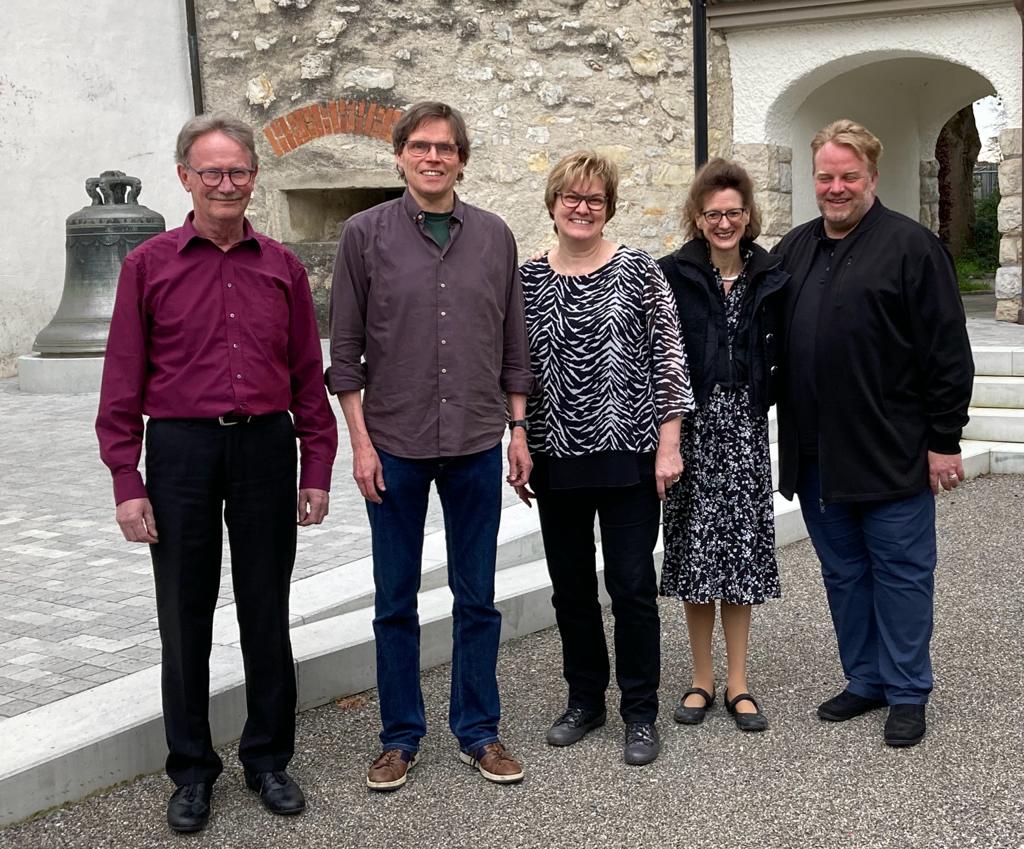License and other contracts - an overview
A core element in the music business are "license agreements" in various forms. Simply put, a license is permission to use a right, very often for a fee. Licenses can relate to a wide variety of rights.

Possible examples include personal rights for the use of an artist's likeness, trademark rights for the use of a band logo to produce merchandise, copyrights for the exploitation of a song or ancillary copyrights for the exploitation of a recording. The license agreement therefore regulates who may use which right within which framework (in terms of content, time and territory) and under which conditions.
Virtually all music creators are primarily confronted in their professional lives with contracts relating to the rights to their compositions (copyrights) or to their rights as performers (ancillary copyrights). Dolly Parton has the song I Will Always Love You composed and wrote the lyrics and is therefore the author of the song. The song became a worldwide commercial hit when Whitney Houston recorded it. Whitney and her fellow musicians held the ancillary copyrights as performers.
A musician or a label that wants to release recordings regularly hires "session musicians" to work in the studio as a supplement. In order for the musician or label to subsequently exploit the recording, they need a license to the rights of the session musicians. To this end, the parties involved regularly sign an artist's receipt, which is a very simple form of license agreement. With the artist's receipt, the session musicians sell all rights to the recording for a one-off lump sum. They only retain those rights which they cannot give away by law (e.g. the remuneration claims for broadcasting or performing the recordings, which are managed by Swissperform in Switzerland). The sale of rights is generally valid forever, for the entire world and for all types of use.
In order to bring a recording to the people, artists usually conclude so-called "artist contracts", "tape transfer contracts" or "distribution contracts" with a label or a distributor or aggregator. Which type of contract is most suitable depends in particular on who bears the economic risk for the production and marketing of the recording. With an artist contract, the label bears the lion's share of the costs from production to marketing and distribution. In return, the artist must personally commit to the label for several years and transfers the rights to the recordings for decades. In addition, the label receives the majority of the income from the exploitation. In the case of a tape transfer contract, the artist pays for the production and delivers the finished mixed recordings, sometimes with artwork etc. With a distribution contract, the distributor or aggregator only takes care of the logistics (digital/physical), all other organizational and financial tasks are borne by the artist.
The tape transfer agreement is often confused with the publishing agreement. While the publisher should take care of the exploitation of the copyrights to the composition (regardless of a specific recording), a tape transfer agreement regulates the rights to a specific recording. With the song I Will Always Love You a publisher would be responsible for Dolly Parton's rights as a composer and lyricist and a record company for Whitney Houston's rights to the recording.
For all of these contracts, musicians should first think about who is putting how much money and effort into the release of the recording. This risk sharing should then be reflected in the revenue sharing in the contract: the higher the economic risk of one party, the higher their share of the revenue should be. You should also carefully consider the duration of the contract and the duration of the transfer of rights. Here too, the higher the economic risk, the shorter the duration. Formulations such as "for the duration of the protection period" translate as "for 70 years". Last but not least, you should take a very close look at the revenue share. I should use
of the contract as easily as possible to calculate how much money I will receive from the evaluation of the recording. The decisive factor is not only the amount of the percentage, but also its basis: phrases such as "... after deduction of costs ..." without these costs being defined in the contract, are regularly not acceptable.
a source of unpleasant discussions.
Therefore, my recommendation at the end: Take enough time for the negotiations and get advice from a specialist.
Chantal Bolzern
... is a lawyer, mediator and co-president of Helvetiarockt.






 After 2 years of the pandemic and events held in writing or online or on a small scale, the Central Board of the Church Choral Federation was able to invite delegates to the Assembly of Delegates in Brugg on April 22, 2023. The items on the agenda were certainly important, as the focus was on a not insignificant revision of the statutes, which is intended to make the SKGB fit for the coming years, in which there will also be changes for the SKGB due to current developments. Even if much remains as it is - and as is good, singing remains at the heart of the association - there are still some adjustments that should make the association more open to future steps. 60 participants from all over German-speaking Switzerland accepted the invitation and were able to experience a wonderful afternoon in the parish hall and town church in Brugg. The program included the business part of the meeting, encounters, discussions and singing together.
After 2 years of the pandemic and events held in writing or online or on a small scale, the Central Board of the Church Choral Federation was able to invite delegates to the Assembly of Delegates in Brugg on April 22, 2023. The items on the agenda were certainly important, as the focus was on a not insignificant revision of the statutes, which is intended to make the SKGB fit for the coming years, in which there will also be changes for the SKGB due to current developments. Even if much remains as it is - and as is good, singing remains at the heart of the association - there are still some adjustments that should make the association more open to future steps. 60 participants from all over German-speaking Switzerland accepted the invitation and were able to experience a wonderful afternoon in the parish hall and town church in Brugg. The program included the business part of the meeting, encounters, discussions and singing together.